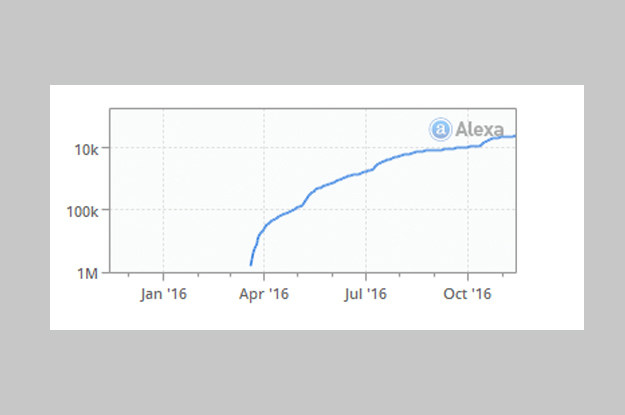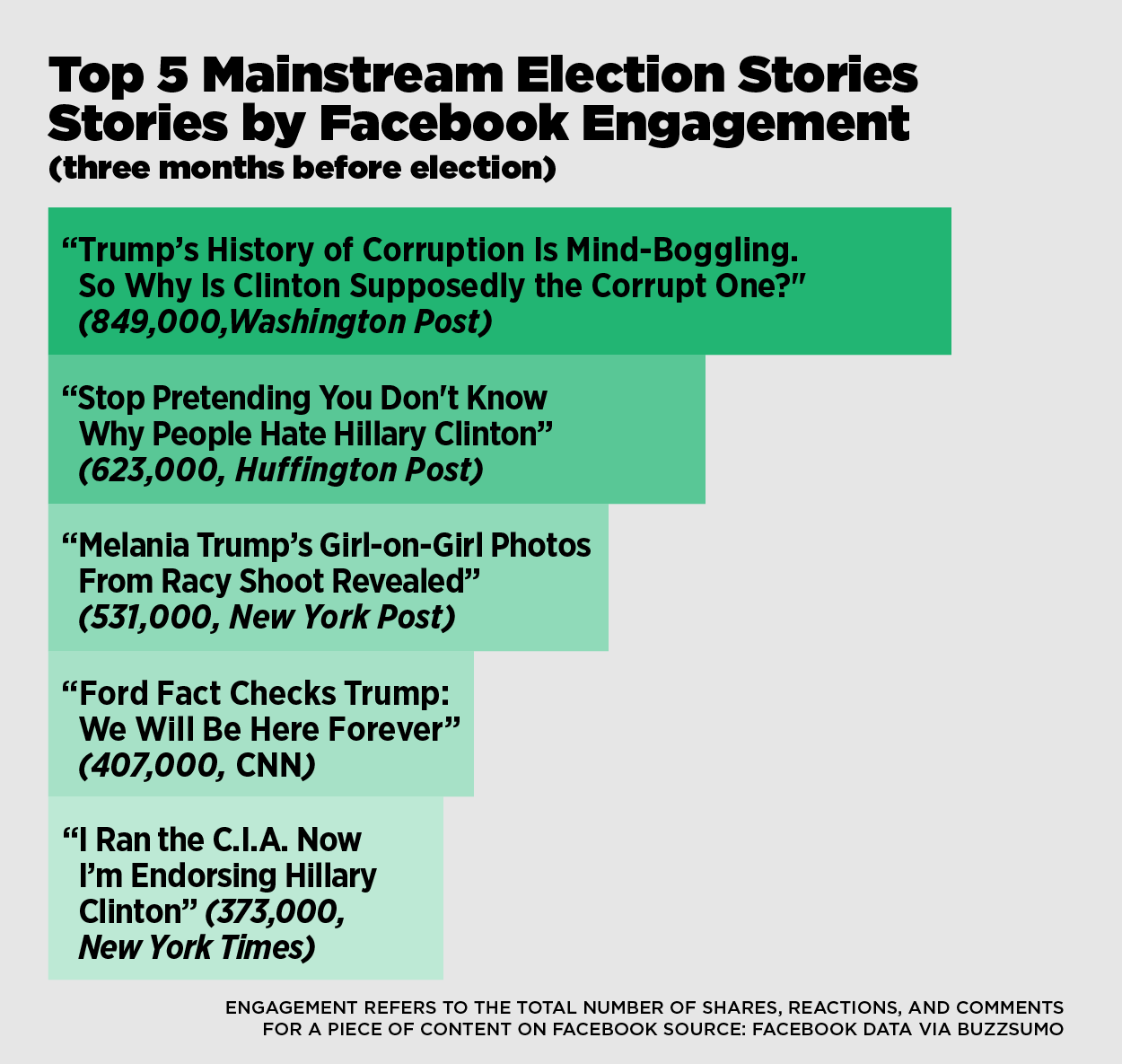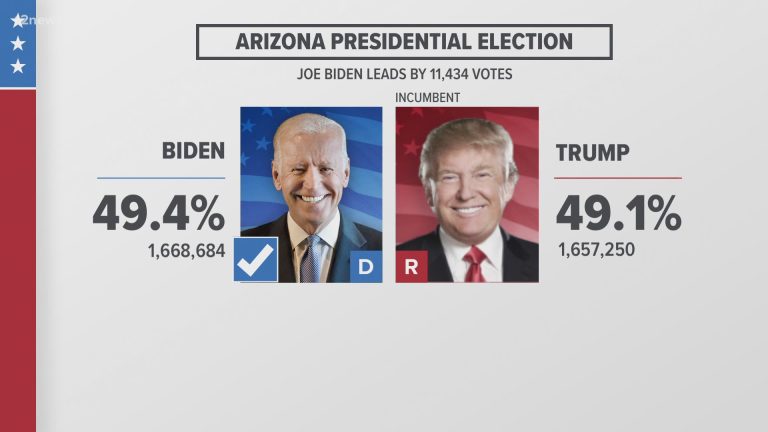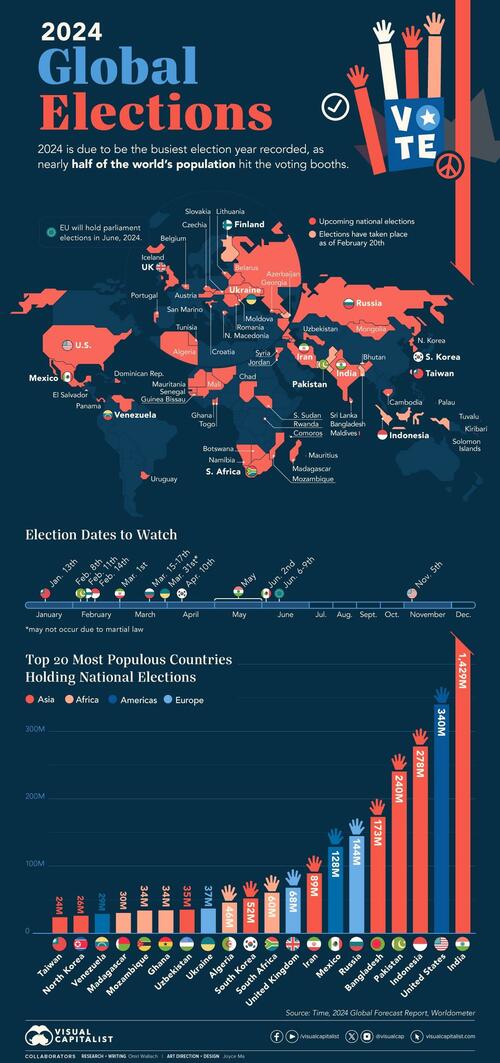

Rigged Election? 5 Shocking Facts the Fake News Won’t Show You
The very phrase “rigged election” ignites passionate debate. While accusations fly frequently, concrete evidence often remains elusive. This article delves into five unsettling realities surrounding electoral processes, realities often obscured by the noise of mainstream media narratives. These are not claims of specific widespread fraud, but rather systemic vulnerabilities that raise serious questions about the integrity of democratic systems globally.
1. The Shadow of Dark Money:
Forget the flashy campaign donations you see reported. The true influence of money in elections lies in the murky world of “dark money.” Untraceable contributions funneled through shell corporations and non-profit organizations allow powerful interests to exert significant influence without public accountability. This opacity creates an uneven playing field, where deep pockets can manipulate narratives and sway public opinion far beyond the reach of traditional campaign finance regulations.
| Type of Dark Money | Impact | Example |
|---|---|---|
| Super PACs | Influence voter perception through targeted advertising | Groups supporting specific candidates with undisclosed funding |
| Non-Profit Organizations (501(c)(4)) | Advocate for policy changes that benefit donors without disclosing donors’ identities | Groups pushing for specific legislation beneficial to a select industry |
| Shell Corporations | Conceal the true source of campaign funding | Companies created solely to mask financial contributions |
2. The Algorithmic Amplification of Disinformation:
Social media algorithms, designed to maximize engagement, inadvertently amplify disinformation campaigns. Sophisticated bots and coordinated troll farms spread false narratives and manipulate public sentiment at an unprecedented scale. This creates an echo chamber effect, where individuals are exposed primarily to information confirming their pre-existing biases, regardless of its veracity. The result? A polarized electorate susceptible to manipulation.
3. The Vulnerability of Voting Machines:
While many countries boast “secure” electronic voting systems, the reality is far more nuanced. Many voting machines lack crucial security features, leaving them vulnerable to hacking and manipulation. The lack of paper trails in some systems makes auditing results incredibly difficult, creating a breeding ground for doubt and mistrust. This is further compounded by a general lack of transparency in the maintenance and security protocols of these machines.
4. Voter Suppression Tactics: A Silent Epidemic:
Voter suppression isn’t always overt; it operates subtly and strategically. Restrictive voter ID laws disproportionately impact marginalized communities, while gerrymandering manipulates electoral districts to favor specific parties. Limited polling stations in certain areas, coupled with extended wait times, actively disenfranchise voters, particularly those with limited mobility or resources. These seemingly minor obstacles collectively create significant barriers to participation.
5. The Lack of Independent Oversight:
Electoral processes often lack robust, independent oversight. This absence of accountability creates an environment where irregularities can go undetected or unaddressed. The reliance on partisan actors to monitor and audit elections inherently introduces biases and limits the effectiveness of these oversight mechanisms. A truly independent body, free from political influence, is crucial to ensuring fair and transparent elections.
Conclusion:
While outright election rigging may be rare, the vulnerabilities highlighted above present significant challenges to the integrity of democratic systems. Addressing these systemic issues requires a multi-faceted approach involving increased transparency, improved election security, robust independent oversight, and a renewed commitment to civic engagement. Only then can we hope to build a truly representative and trustworthy democracy.

Additional Information
The claim of a “rigged election” is a serious allegation demanding rigorous scrutiny, as it strikes at the heart of democratic processes. The phrase itself is often used rhetorically, lacking precise definition and fueling misinformation. A true analysis requires separating verifiable evidence from unsubstantiated claims. The hypothetical “5 Shocking Facts the Fake News Won’t Show You” structure, while attention-grabbing, necessitates a cautious approach. Instead of presenting unsubstantiated “facts,” this analysis will explore potential avenues of electoral manipulation and their detection, providing a framework for critical evaluation of such claims.
Instead of focusing on five unsubstantiated claims, let’s examine five areas where concerns about electoral integrity legitimately arise:
1. Voter Suppression: This is a real and documented phenomenon, not a “fake news” invention. Voter suppression tactics aim to restrict eligible citizens from exercising their right to vote. These tactics can vary widely, including:
- Gerrymandering: The manipulation of electoral district boundaries to favor a particular party or group. This practice can effectively disenfranchise voters by diluting their influence. Cases like Gill v. Whitford (Wisconsin) illustrate the legal battles surrounding gerrymandering’s impact on fair representation. Statistical analysis of voting patterns within gerrymandered districts can reveal its effects.
- Restrictive Voter ID Laws: Requiring specific forms of photo identification can disproportionately impact marginalized communities who may lack easy access to such documents. Studies examining voter turnout rates before and after the implementation of strict ID laws can demonstrate the impact on specific demographic groups.
- Limited Polling Places and Long Lines: Insufficient polling places, particularly in minority-concentrated areas, can lead to excessively long wait times, discouraging voters, especially those with limited time or mobility. Data on polling place distribution and voter turnout rates can highlight disparities.
2. Foreign Interference: Foreign actors can attempt to influence elections through various means, such as disseminating disinformation campaigns, hacking voter databases, or engaging in financial contributions. The 2016 US election serves as a prominent example, with intelligence agencies confirming Russian interference. Understanding the scale and effectiveness of such interventions requires examining digital footprints, financial transactions, and communication patterns.
3. Campaign Finance Irregularities: Excessive or undisclosed campaign contributions can create an uneven playing field. Undue influence from wealthy donors or special interest groups can distort the democratic process. Analyzing campaign finance data, identifying significant donors and their potential ties to candidates, provides crucial insights. Investigations by electoral commissions and legal challenges play a significant role in uncovering such irregularities.
4. Misinformation and Disinformation: The spread of false or misleading information through social media and other channels can sway public opinion and influence voting decisions. Identifying the source, reach, and impact of disinformation campaigns is challenging but vital. Studies using social media analytics and sentiment analysis techniques are increasingly used to detect and assess the impact of disinformation.
5. Election Administration Issues: Errors in vote counting, tallying, or tabulation can lead to discrepancies and undermine confidence in the process. While unlikely to constitute widespread rigging, localized administrative failures can significantly impact election outcomes. Post-election audits and recounts, though sometimes contentious, provide mechanisms to identify and rectify such issues. Analyzing statistical anomalies in vote counts compared to historical trends can highlight potential problems.
Conclusion:
Allegations of a “rigged election” require careful examination. While outright fraud is rare, subtle and sophisticated attempts to manipulate the electoral process do occur. A robust response relies on transparent election administration, rigorous auditing procedures, strong campaign finance regulations, combatting misinformation, and a vigilant citizenry. By focusing on concrete evidence, data analysis, and transparent investigation, we can better understand and address genuine concerns about electoral integrity, regardless of hyperbole and misleading rhetoric. Replacing unsubstantiated “shocking facts” with a nuanced analysis strengthens the foundation for a healthier democratic process.




